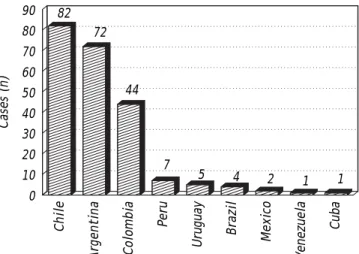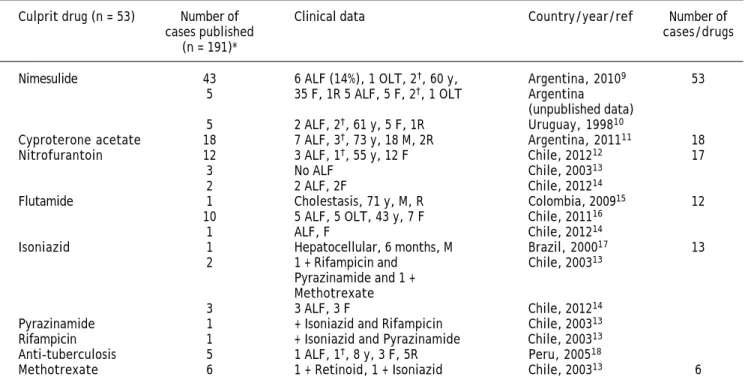Profile of idiosyncratic drug induced liver injury in Latin America An analysis of published reports
Texto completo
Figure



Documento similar
(a) NPs@PEG in the liver, (b) NPs@Glc in the liver and (c) NPs@Glc in the spleen at different post-administration times (72 h and four months). If in the spleen the core of
Now we also show that this upregulation occurs in H35 cells and acute liver injury, two conditions with different levels of Mat1a (minute or strongly reduced) and Mat2a expression
This technique efficiently allowed the release of Nrf2 for its nuclear translocation: higher levels of nuclear Nrf2 were detected under basal conditions and after 4 and 8 hours of
The PLS-DA model was built using three latent variables and the top- 26 ranked variables based on the model development subset with data obtained from the metabolomic analysis of
Patients included in the study were treated according with the condition triggering TMA (discontinuation of the offending drug in drug-induced cases, immunosuppressive therapy in
Insulin treatment decreased liver pyruvate concentration and enhanced both liver and plasma lactate/pyruvate ratios compared with control values, whereas insulin plus
In this study, internal tissues of chicken liver samples were analysed for the presence of phages using a meta- genomics approach and the liver virome was compared with that of
In our study, admitted COVID-19 patients with CLD and abnormal admission LFTs had higher median levels of D-dimer, which could be associated with major systemic inflammation and